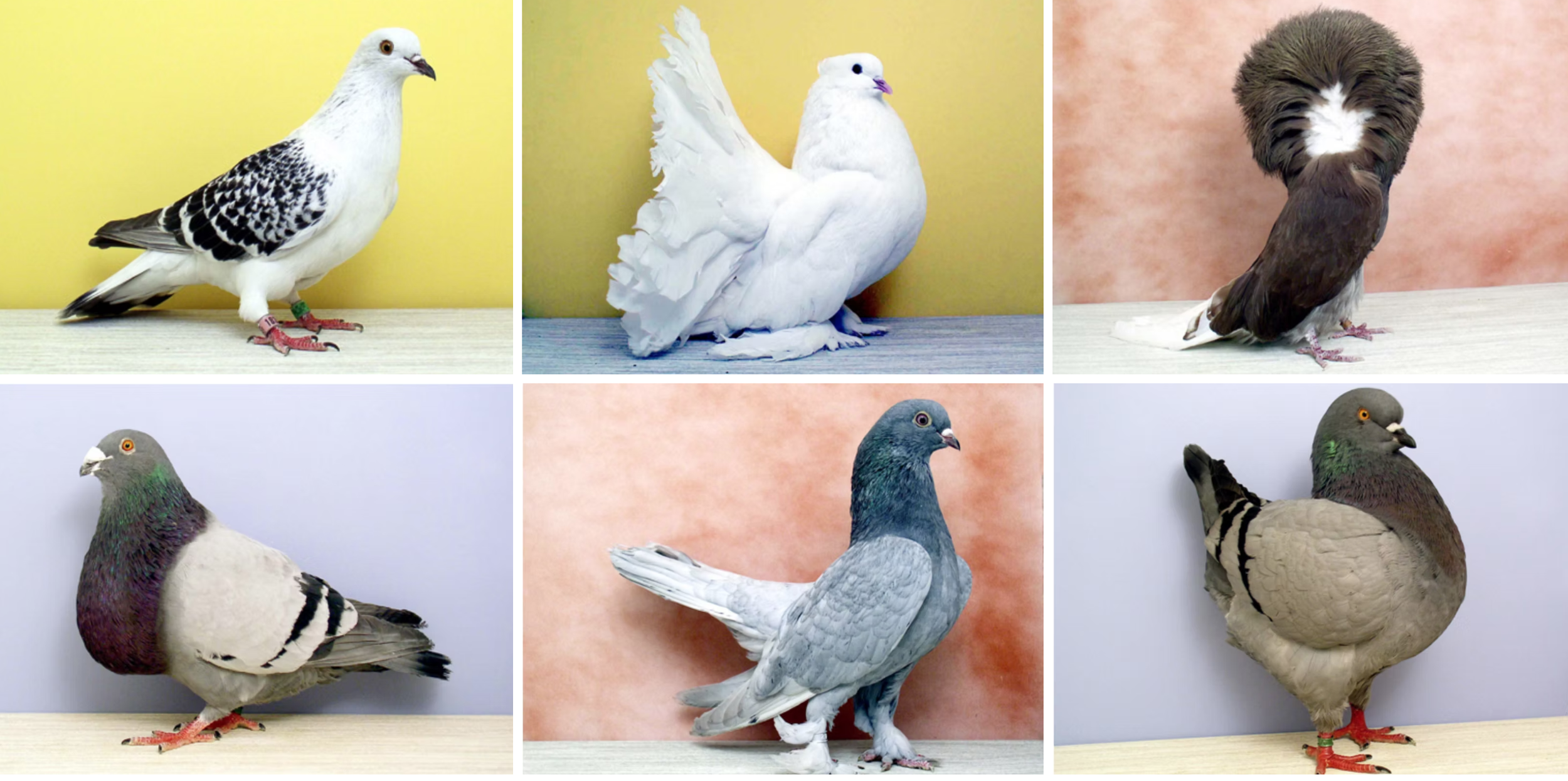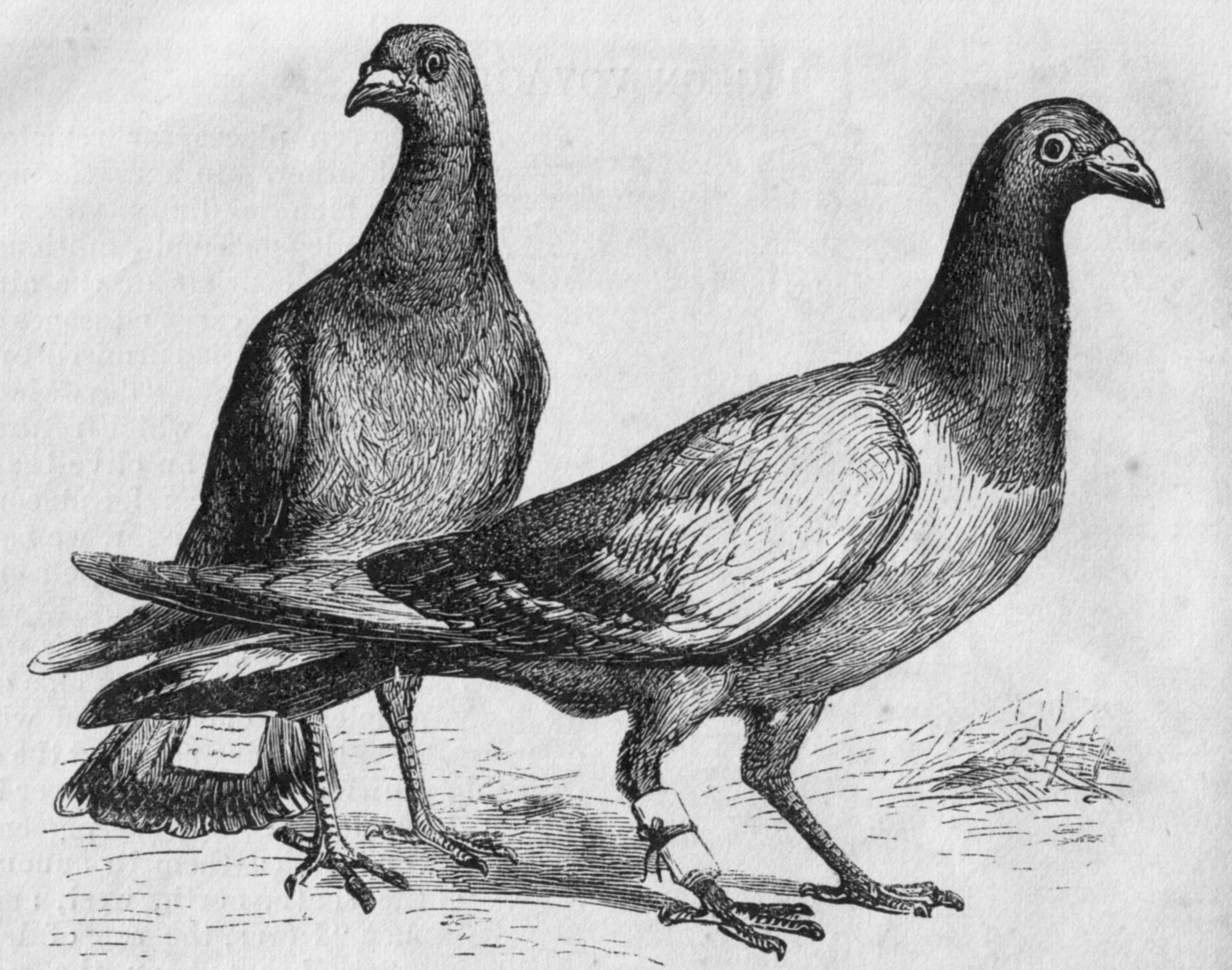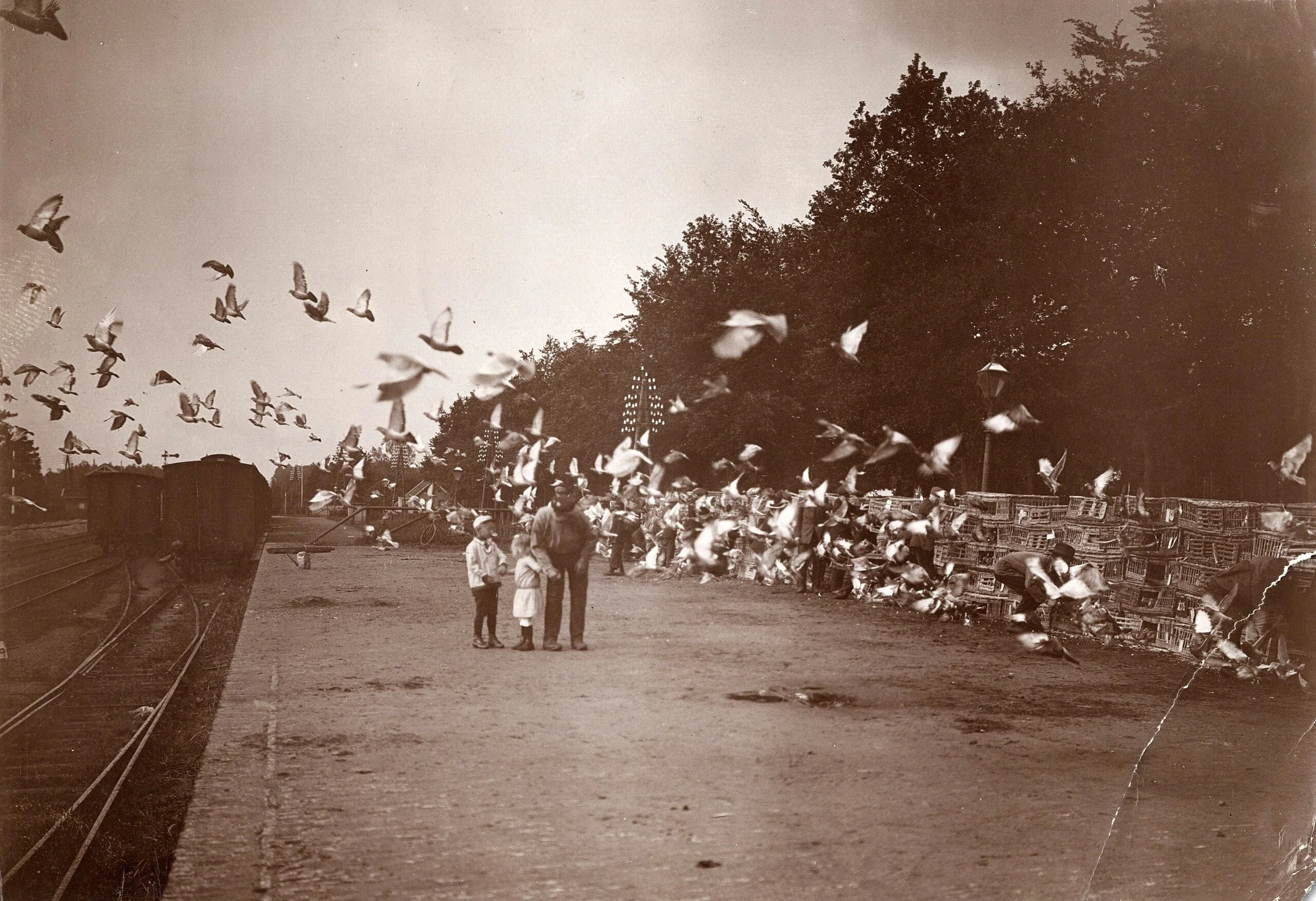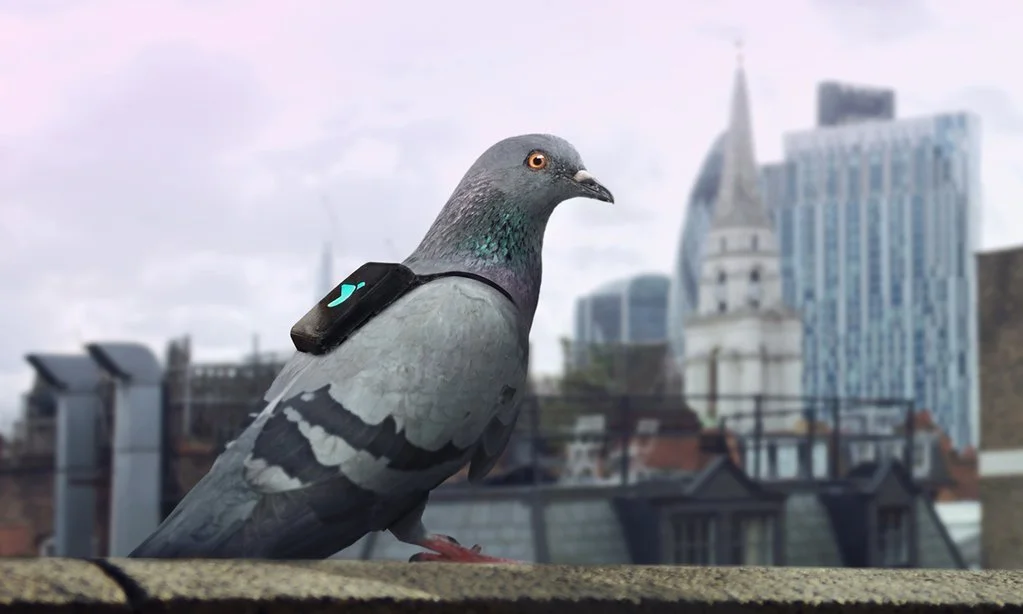A Case for the Pigeon
If I were to ask you what one of the most interesting birds out there was, I bet you'd choose a bird known for their keen senses, cunning, and beauty, such as a hawk, crow, or macaw. However, take a second to consider the pigeon. Known today as "rats with wings" among many irritated city-dwellers, the pigeon is frequently written off as a messy, disease-ridden pest. But where did they come from and why are they now one of the most prolific birds in urban areas of the world?
Pigeons of Italy (Photo Skye Young)
The common pigeon is really the rock dove, or Columba livia. Pigeons are of the family Columbidae, which includes all pigeons and doves. Columbidae you may recognize are the mourning dove and Stevie Nick's favorite bird, the white winged dove. However, there are over 800 breeds of just rock dove—and one of them is the white release dove. Yes, that's right, your common city pigeon is the same species as the breathtaking symbol of peace. If this is confusing, consider dogs— Canis lupis familiaris, a subspecies of the wolf, Canis lupis. Every breed of domesticated dog is considered same species, Canis lupis familiaris, but they have been bred over such a long time and have been bred with other wild dogs, that there is immense variety in what they look like (their phenotypes—physical expressions of their genes). In a similar way, but on a much shorter timescale, the rock pigeon has been bred to result in over 800 beautifully unique breeds called Fancy Pigeons. Are many of them ridiculous looking? Yes. PLEASE take a moment to scroll through Oklahoma City's American Pigeon Museum and Library catalog, where the pictures below were taken from.
Photos by Layne Gardner https://www.theamericanpigeonmuseum.org/
The rock pigeon has been living alongside humans for about the last 5000 years, and is native to Europe, North Africa and South Asia particularly near rocky cliffs. It's debated how exactly they started their relationship—did they start to migrate to architecture near their native cliff dwellings? Or did they settle near humans when agriculture began because of their love for grains like barley and wheat? However, soon after, they became a great source of food, entertainment, and messengers.
Messenger Pigeons
Messenger pigeons, or homing pigeons, are a domesticated rock dove breed (Columba livia domestica) that was bred as early as 3000 BC specifically for its ability to fly home. These pigeons were used first in Egypt and the Middle East as a form of communication, most often for war correspondence, called Pigeon Post. This method declined after the invention of wireless methods of communication, such as the telegram, which uses radio waves to transmit morse code. Messenger pigeons are not the same as Carrier pigeons, despite the association with a mail carrier. In fact, carrier pigeons were exclusively bred for (in my opinion, a rather ridiculous) aesthetic, with long necks and long box beaks. However, carrier pigeons did have the homing instinct, and historically had been used to send messages before this instinct was bred-out. Messenger pigeons have neurons that can identify the intensity/direction of magnetic fields (magnetoreception) which they use to direct themselves back home, but it is yet unclear how this works biologically.
Harper's New Monthly Magazine, No. 275, April, 1873.
In this Harper’s New Monthly Magazine issue, there is a nine page article about the use of messenger pigeons. In it was this shocking tale:
“Many curious anecdotes are told of the mishaps sometimes suffered by the aerial post. It is related of one messenger who was intrusted with a pair of well-trained and very valuable carrier-pigeons, which he was to take to a certain point, and send back with a very important dispatch, that on entering a hotel he gave the birds to a servant and ordered breakfast. He waited a long time, but was at length served with a delicious fricassee. After paying his bill he called for his pigeons, when, to his horror and dismay, the waiter exclaimed, “Your pigeons? Why, you have just eaten them!””
Though they have been working birds, messenger pigeons have also been used for sport and hobby. People who breed pigeons are called pigeon fanciers. The fastest messenger pigeon, De Caballero, was bred by a Dutch fancier duo, the Kamerhuis brothers, and flew nearly 90mph in 2019.
Racing pigeons being released from wicker baskets in Assen, Netherlands c.1916
Though they may not seem like long-distance birds, they can fly distances up to ~373 miles, which is approximately the distance between Queens, NY and Richmond, VA or Los Angeles to San Francisco, California. Today, pigeons are being employed again, though not for messaging purposes. Instead, they are being used as air patrols to monitor air quality and measure nitrogen dioxide levels in the atmosphere in London. According to a report from Kings College London, almost 9500 people die prematurely in London each year due to exposure to atmospheric pollutants. To test the air, pigeons are outfitted with cute little backpacks containing sensors. These tests are being run by Plume Labs, the CEO of which has been quoted saying, “So the Pigeon Patrol has been about making the invisible, visible. And there’s a nice parallel there – we don’t always think about the fact we breathe about 20 (kilograms) of air every day…Much in the same way that pigeons themselves are all around us, and we rarely notice them.” Learn more about their mission from their Twitter.




